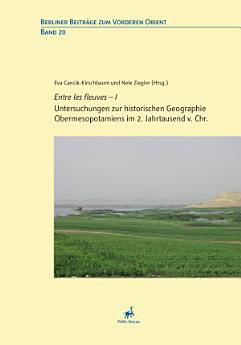Entre les fleuves--I: Untersuchungen zur historischen Geographie Obermesopotamiens im 2. Jahrtausend v. Chr.
Eva Cancik-Kirschbaum · Nele Ziegler
Dec 2010 · PeWe-Verlag
Ebook
388
Pages
family_home
Eligible
info
reportRatings and reviews aren’t verified Learn More
About this ebook
The archaeological, philological and historic-systematical contributions in this volume are concerned with the cultural history of Upper Mesopotamia in the 2nd millennium BC; the focus is on questions of historical geography. The case studies analyse typical spatial structures such as the Khabur region as an area for settlement and for traffic. The contributions also take up the problems connected with the various sources, their kinds of information and the conditions accompanying the methodical access. It becomes obvious that, beyond questions of localisation and identification, historical geography must aim at a description of space as the primary condition of culture - making use of textual sources, archaeological findings and, more than ever, taking into account the possibilities of the reconstruction of environment and landscape.
Rate this ebook
Tell us what you think.
Reading information
Smartphones and tablets
Install the Google Play Books app for Android and iPad/iPhone. It syncs automatically with your account and allows you to read online or offline wherever you are.
Laptops and computers
You can listen to audiobooks purchased on Google Play using your computer's web browser.
eReaders and other devices
To read on e-ink devices like Kobo eReaders, you'll need to download a file and transfer it to your device. Follow the detailed Help Center instructions to transfer the files to supported eReaders.






